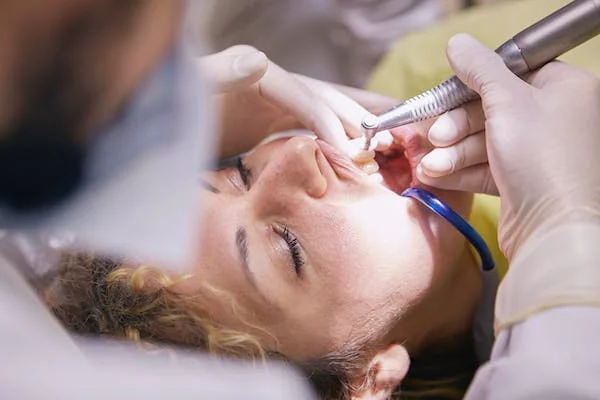
Exploring Restorative Dentistry: Fillings, Crowns, and Implants
Introduction
When it comes to preserving your dental health and maintaining a confident smile, restorative dentistry plays a pivotal role. Dental issues can arise from various factors, such as decay, damage, or missing teeth. Thankfully, modern dentistry offers solutions that not only restore the functionality of your teeth but also enhance your overall oral health. In this comprehensive guide, we’ll delve into three common restorative procedures: dental fillings, crowns, and implants. By understanding their purpose, benefits, and contributions to dental health, you’ll be better equipped to make informed decisions about your oral care.
Dental Fillings: Repairing Small Cavities
Dental fillings are a fundamental aspect of restorative dentistry, used to treat small cavities caused by tooth decay. During this procedure, your dentist removes the decayed portion of the tooth and fills the resulting space with a durable material like composite resin, amalgam, or porcelain.
Purpose:
- Dental fillings restore the tooth’s integrity and prevent further decay.
- They help stop the spread of decay, ensuring it doesn’t reach deeper layers of the tooth.
Benefits:
- Preserves the natural appearance of the tooth with tooth-colored fillings.
- Reinforces the tooth’s strength and functionality.
- Minimally invasive procedures compared to more extensive treatments.
Dental Crowns: Restoring Structure and Appearance
A dental crown is a customized cap that covers a damaged or weakened tooth. Crowns are designed to restore the tooth’s shape, size, strength, and appearance. They are often recommended for teeth with large fillings, severe decay, or after a root canal procedure.
Purpose:
- Provides protection to weak or compromised teeth.
- Restores the tooth’s appearance, function, and aesthetics.
- Prevents further damage by enclosing the entire visible portion of the tooth.
Benefits:
- Resembles a natural tooth in shape, color, and texture.
- Enhances bite alignment and distributes chewing forces evenly.
- Increases the lifespan of the treated tooth by providing structural support.
Dental Implants: A Permanent Solution for Missing Teeth
Dental implants are a revolutionary solution for replacing missing teeth. They consist of a titanium post that is surgically implanted into the jawbone, serving as an artificial tooth root. This post is topped with a prosthetic crown, mimicking the appearance and function of a natural tooth.
Purpose:
- Replaces missing teeth without affecting adjacent teeth.
- Prevents bone loss in the jaw by stimulating bone growth through biting and chewing.
- Restores natural speech and the ability to eat comfortably.
Benefits:
- Provides a long-lasting and stable solution.
- Maintains facial structure and prevents the sunken appearance often associated with tooth loss.
- Offers excellent aesthetics and function, indistinguishable from natural teeth.
Conclusion
Restorative dentistry offers a range of procedures to address dental issues, from minor cavities to missing teeth. Dental fillings, crowns, and implants all play critical roles in preserving dental health, restoring function, and enhancing aesthetics. If you’re experiencing dental problems or have concerns about the state of your teeth, consulting with a qualified dentist can help determine the best restorative approach for your unique needs. By investing in restorative dentistry, you’re investing in a healthier, more confident smile that can last a lifetime.
Leave a reply
